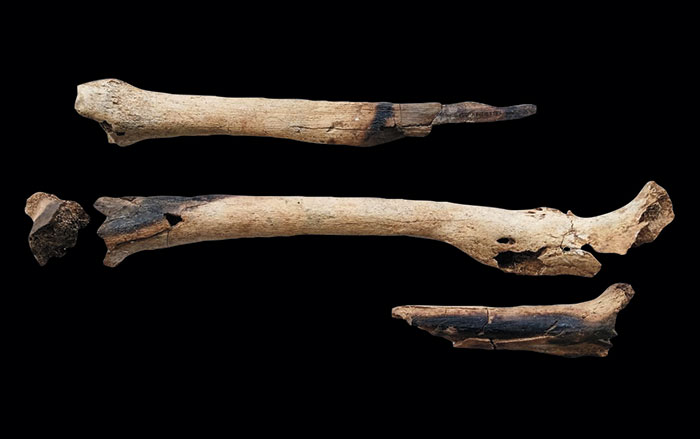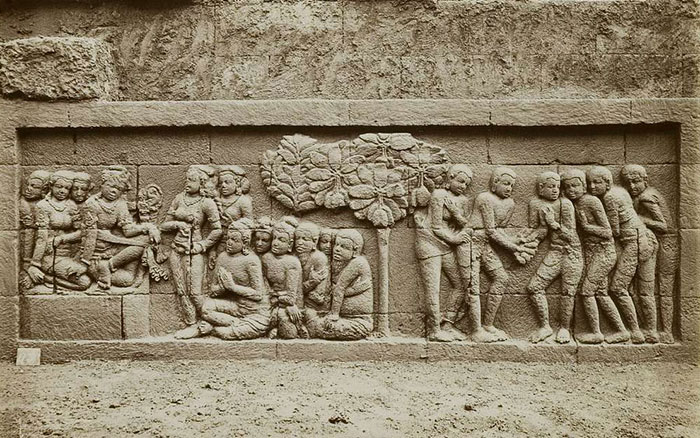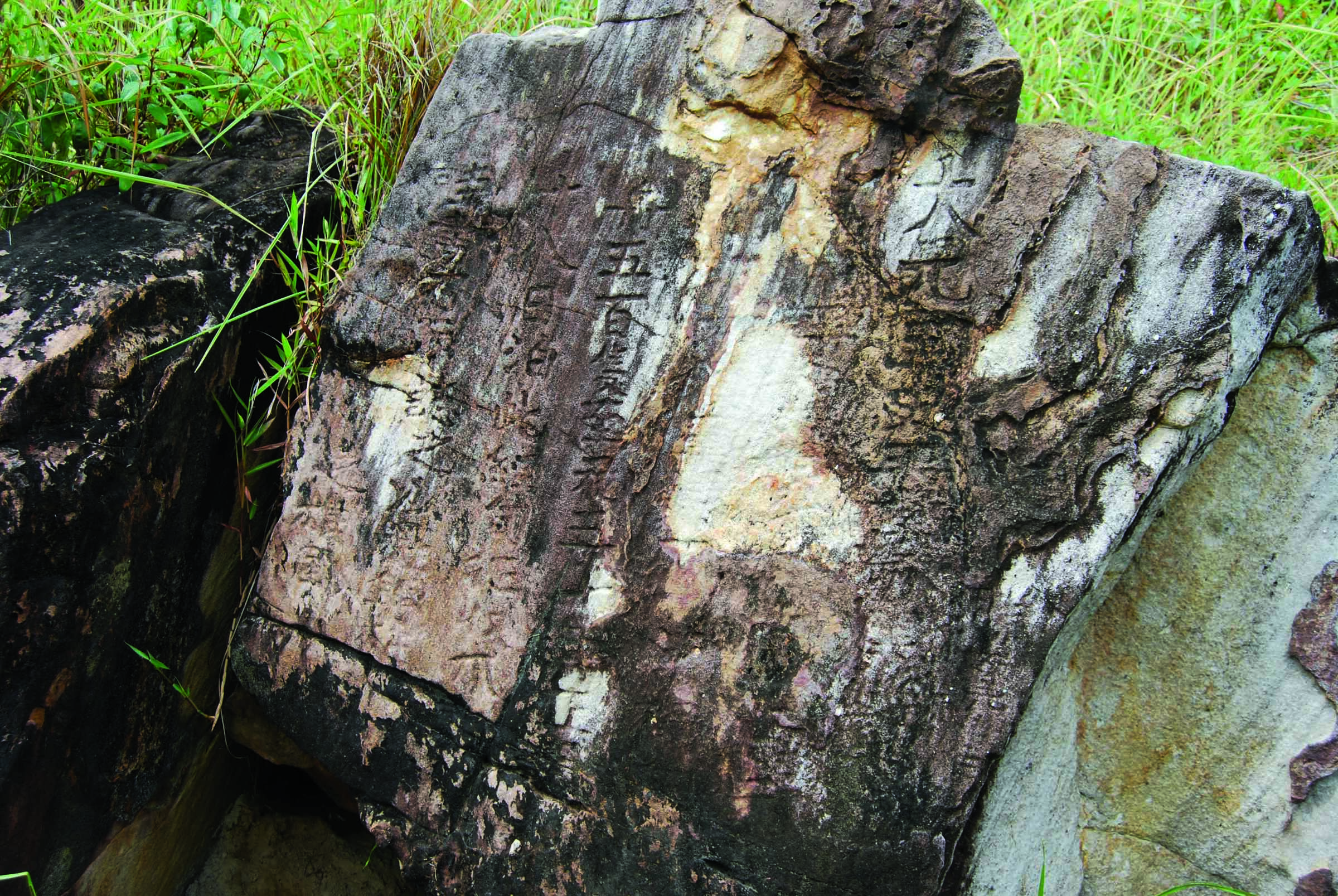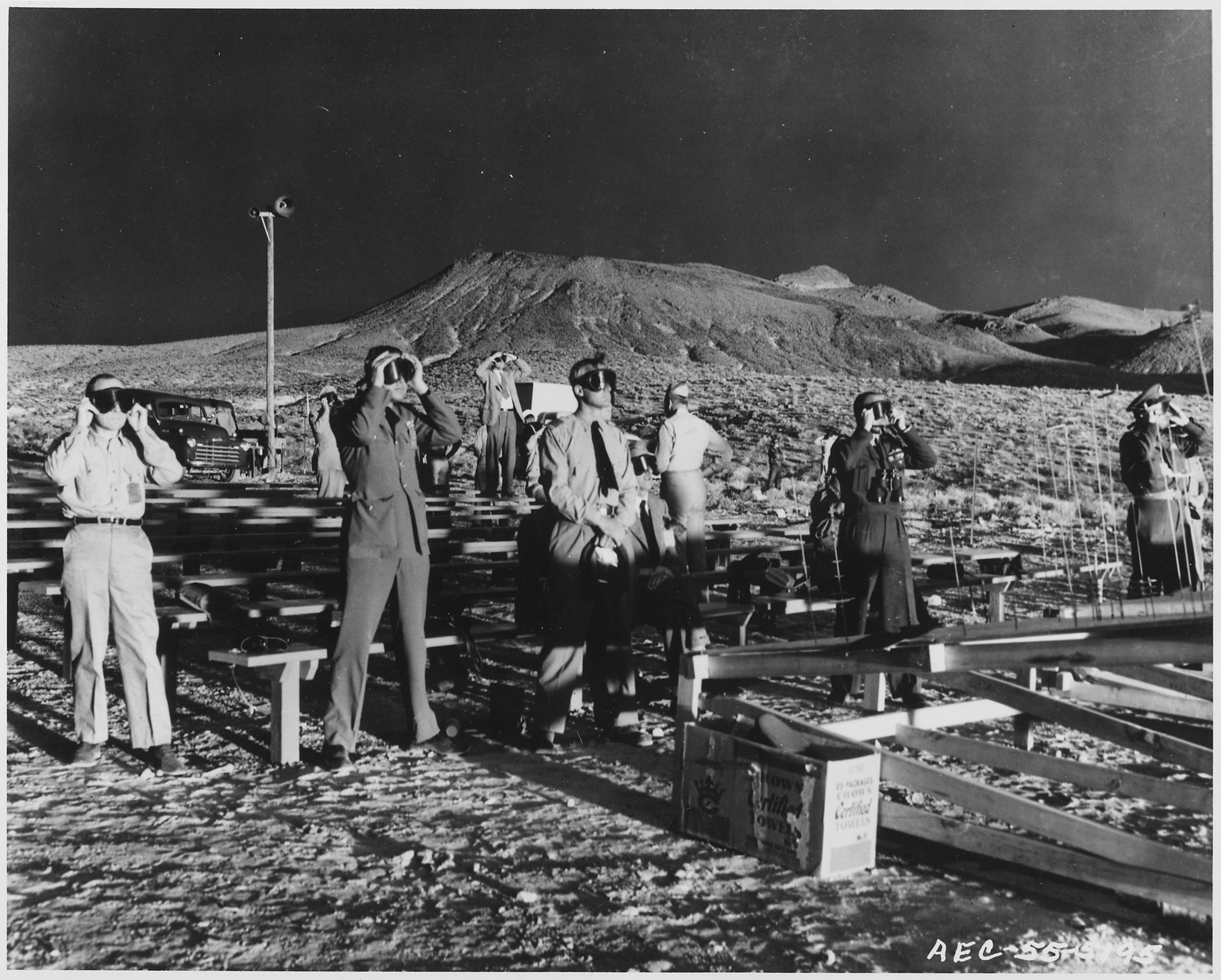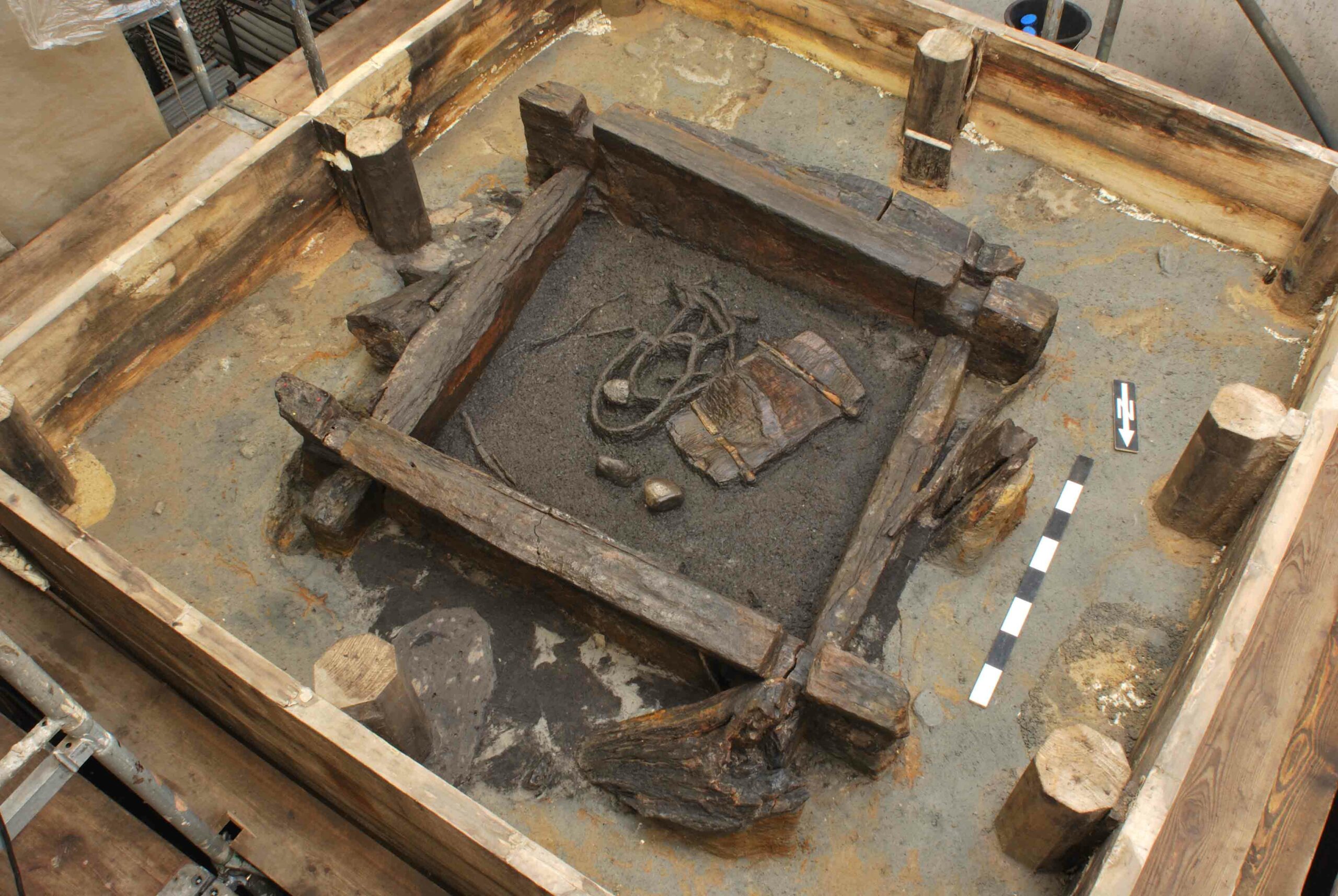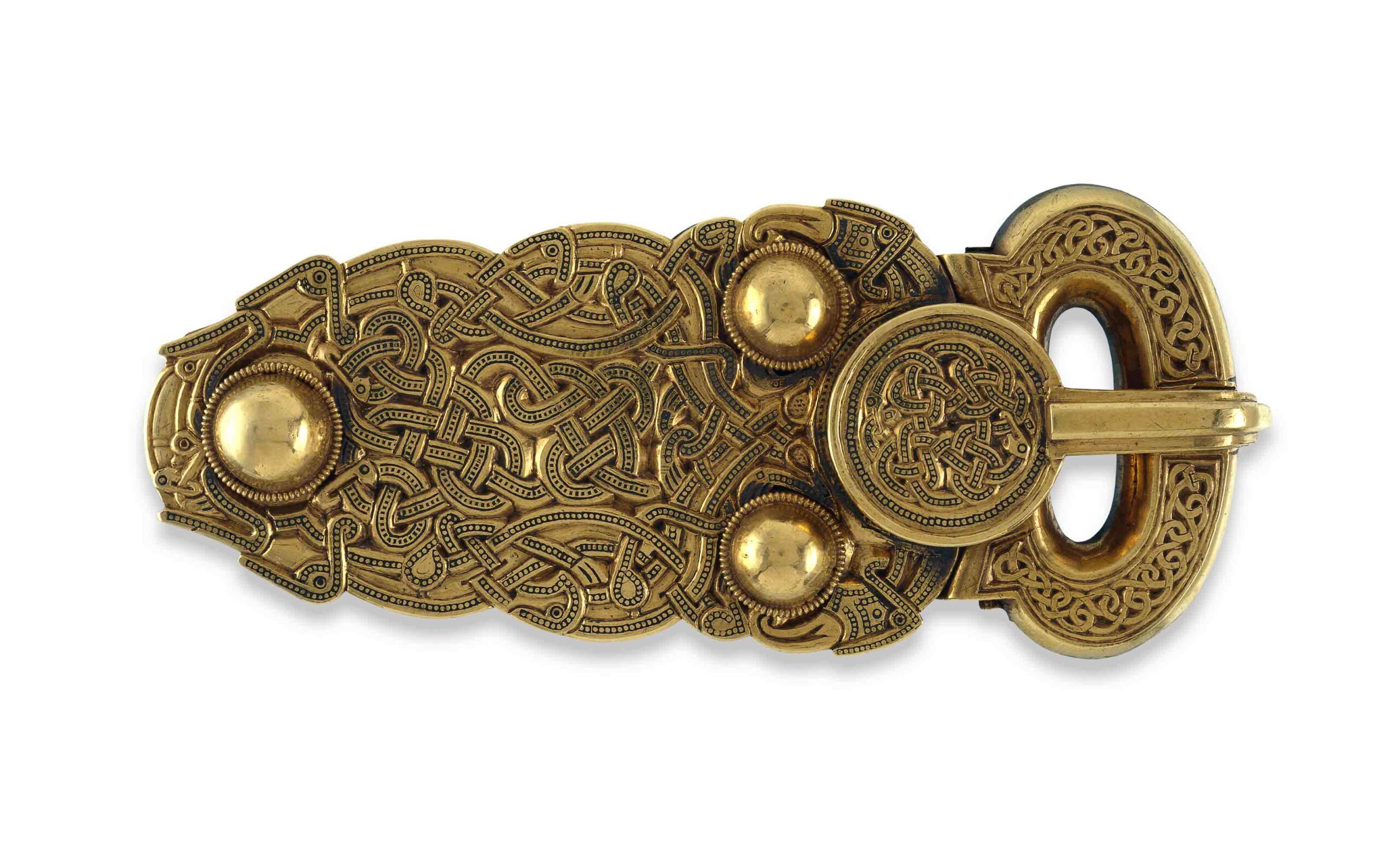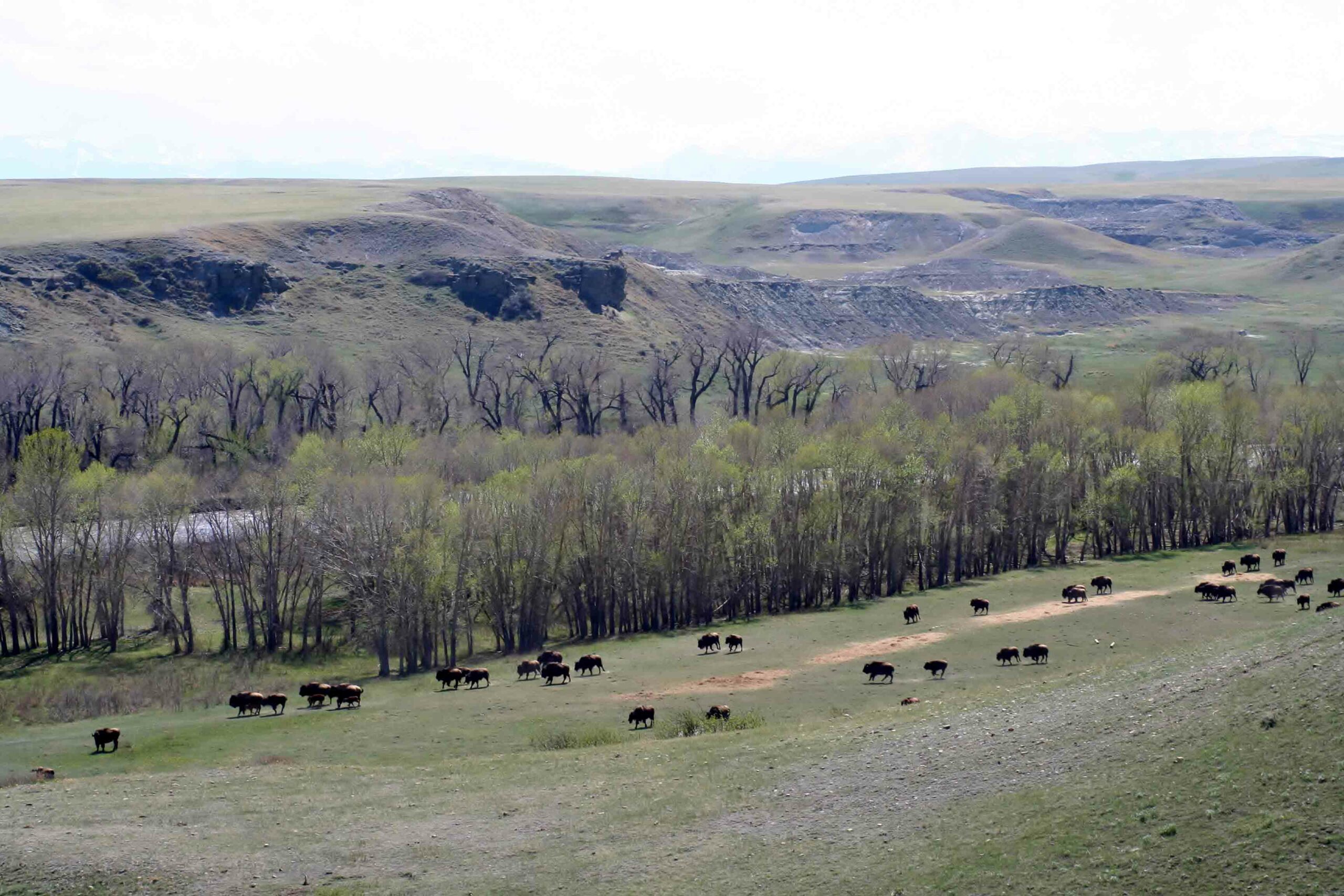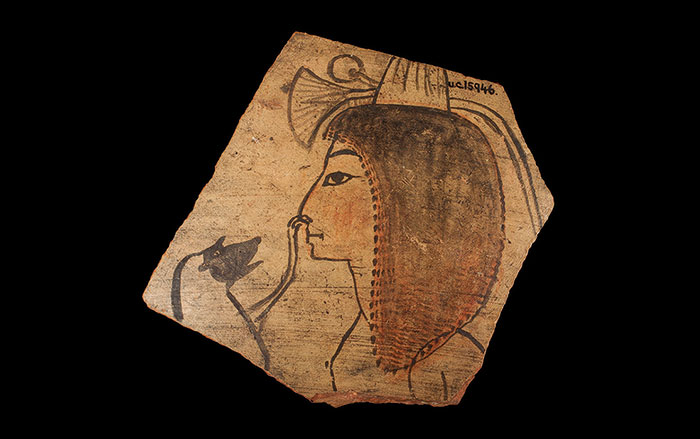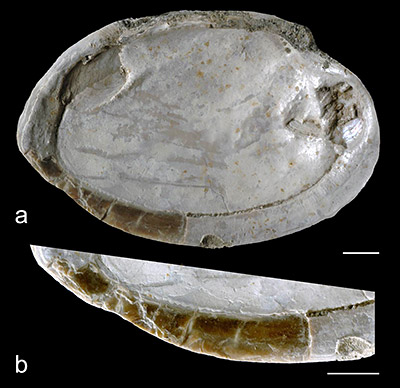
CANBERRA, AUSTRALIA—While photographing and cataloging hundreds of fossilized mollusk shells collected in the nineteenth century by Eugène Dubois in Java, Indonesia, where he discovered the first Homo erectus, Stephen Munro of Australian National University and the National Museum of Australia noticed that one of the specimens was engraved. “When I got to image number 298 I almost fell off my chair. It was one of those eureka moments where I thought, ‘this really does have the potential to rewrite what we know about human evolution,’” he told Australian Geographic. Munro and the other scientists wanted to know if the shells belonged to a natural or man-made assemblage. But they noticed that holes in the shells indicated that Homo erectus had identified the best way to open them and remove the food. Soon additional engraved shells and a polished shell that may have been used as a cutting or scraping tool were identified. These engraved and worked shells are at least 300,000 years old than the previously oldest confirmed engravings, which were created by modern humans, and discovered in South Africa. “The find simply shows that half a million years ago, Homo erectus was capable of producing a puzzling zigzag pattern. This is just one piece, but the fact that hundreds of thousands of years ago hominins were capable of producing this zigzag probably means that in due time, more such finds will turn up,” said research-team member Wil Roebroeks of Leiden University. To read about shell beads in the Paleolithic, see "In Style in the Stone Age."


